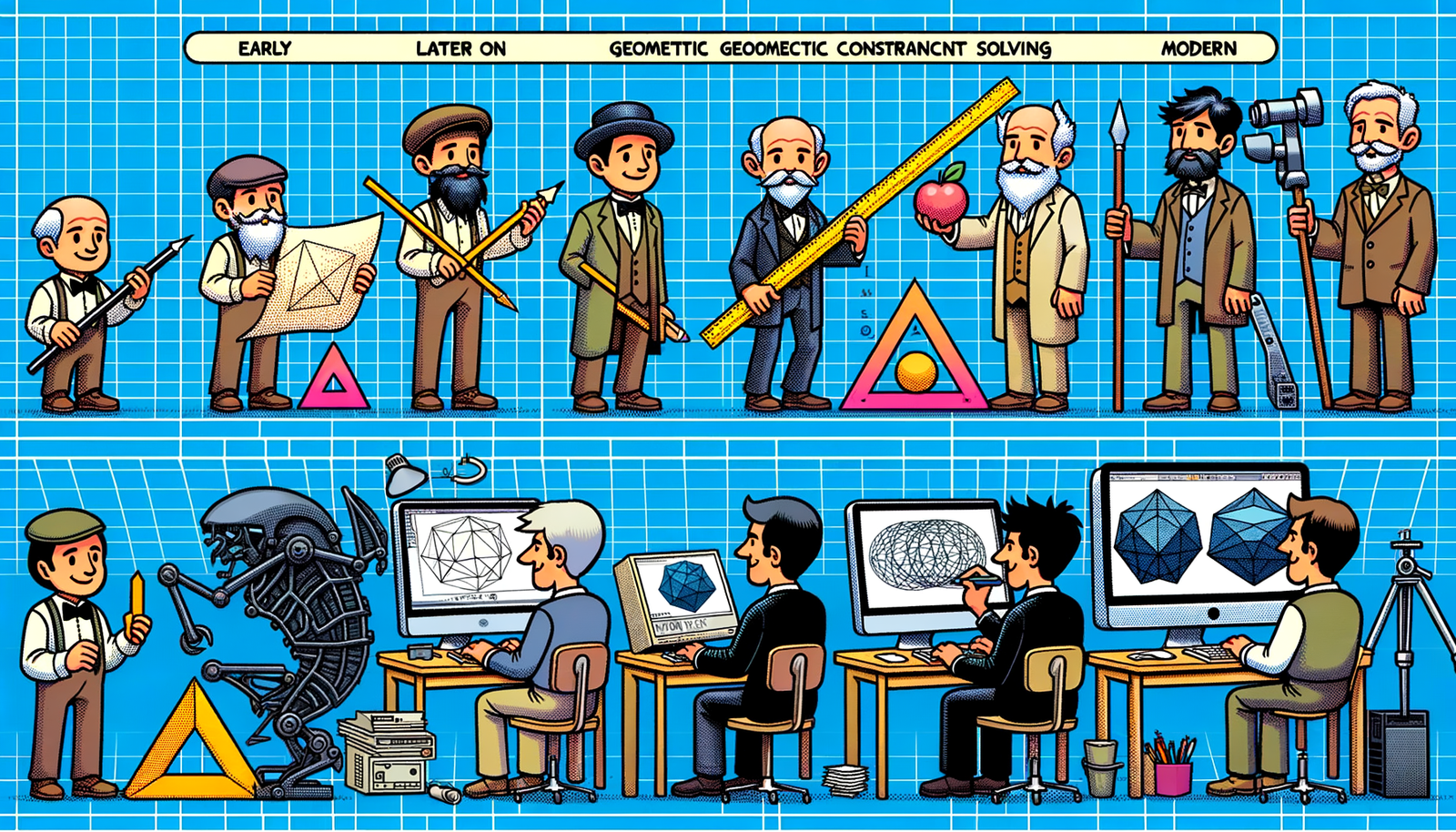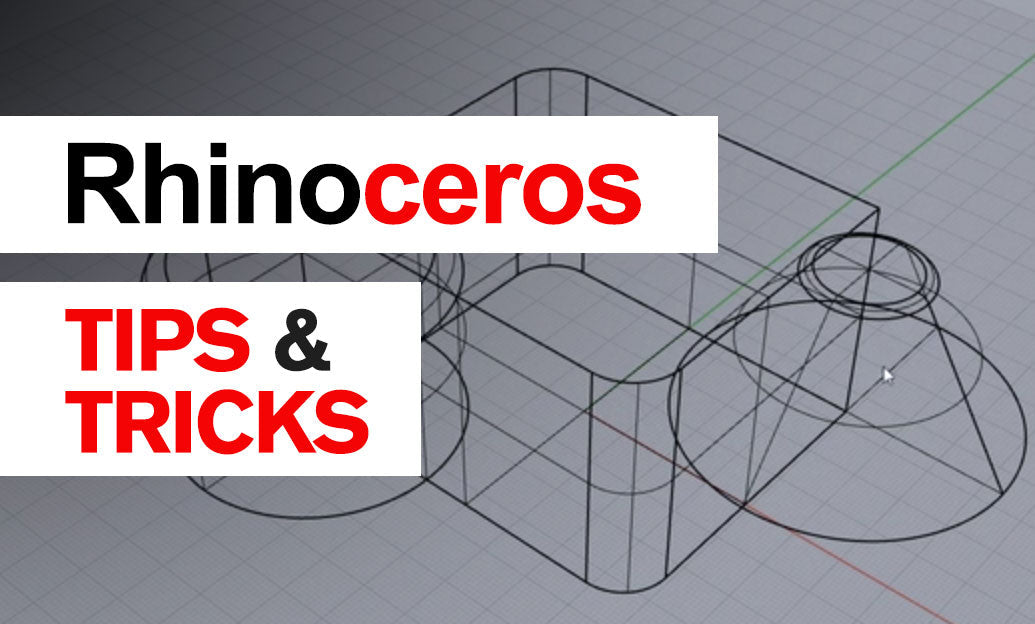Your Cart is Empty
Customer Testimonials
-
"Great customer service. The folks at Novedge were super helpful in navigating a somewhat complicated order including software upgrades and serial numbers in various stages of inactivity. They were friendly and helpful throughout the process.."
Ruben Ruckmark
"Quick & very helpful. We have been using Novedge for years and are very happy with their quick service when we need to make a purchase and excellent support resolving any issues."
Will Woodson
"Scott is the best. He reminds me about subscriptions dates, guides me in the correct direction for updates. He always responds promptly to me. He is literally the reason I continue to work with Novedge and will do so in the future."
Edward Mchugh
"Calvin Lok is “the man”. After my purchase of Sketchup 2021, he called me and provided step-by-step instructions to ease me through difficulties I was having with the setup of my new software."
Mike Borzage
Unlocking Efficiency: The Impact of Scripting and Automation in Design Software
June 18, 2024 3 min read


The Power of Scripting and Automation in Design Software
Introduction to Scripting in Design
Scripting in design software refers to the use of programming languages to create a sequence of commands that automate various tasks within the software. This capability allows designers to streamline their workflows, making it possible to execute complex or repetitive tasks with efficiency and precision. Common scripting languages in design software include Python, JavaScript, and VBA (Visual Basic for Applications). The incorporation of scripting into the design process is pivotal for customization, enabling designers to tailor their tools to meet the unique requirements of each project.
Benefits of Automation in the Design Process
The integration of automation within the design process offers numerous benefits. Primarily, it saves time and reduces errors by eliminating the need for manual input in repetitive tasks. This enhancement in efficiency allows designers to allocate more time to the creative aspects of their projects. Furthermore, case studies across various design sectors have demonstrated significant improvements in productivity and output quality when automation is employed. By streamlining workflows, automation also fosters a more creative environment, empowering designers to explore innovative design solutions without being bogged down by mundane tasks.
- Saves significant amounts of time by automating repetitive tasks.
- Reduces the likelihood of human error in complex calculations and data entry.
- Enhances creativity by freeing designers to focus on innovative design aspects.
Advanced Scripting Techniques and Applications
Advanced scripting techniques, such as parametric modeling, algorithmic design, and data-driven design, are transforming the way designers approach complex challenges. These methods utilize scripting to generate a wide range of solutions based on sets of rules or parameters, enabling designers to explore numerous possibilities quickly. For instance, generative design employs algorithms to generate optimal design solutions tailored to specific constraints, maximizing both efficiency and functionality. Moreover, the integration of scripting with cutting-edge technologies like artificial intelligence (AI) and machine learning (ML) paves the way for smarter design solutions that can adapt and learn from data patterns.
Examples of complex design challenges solved through scripting include:
- Automatically generating variations of a product design to optimize ergonomics and aesthetics.
- Developing custom tools for analyzing and visualizing environmental impacts of architectural designs.
- Utilizing data-driven algorithms to optimize the layout of urban planning projects.
Future Trends and the Expanding Role of Scripting in Design
As the digital landscape continues to evolve, the role of scripting and automation in design is poised for significant growth. The demand for coding skills among designers is increasing, highlighting the importance of technical proficiency in the modern design toolkit. Anticipated advancements in software will likely introduce more intuitive scripting interfaces, reducing the learning curve and making these powerful tools accessible to a broader audience. Moreover, the democratization of design through scripting suggests a future where advanced design techniques are no longer the domain of specialists, but rather, available to any designer willing to learn the ropes of scripting.
Predictions for the future include:
- Greater integration of AI and ML with scripting for even smarter design solutions.
- Increased accessibility of scripting through user-friendly interfaces and educational resources.
- The emergence of collaborative platforms that leverage scripting to bring together designers from diverse disciplines.
Conclusion
The integration of scripting and automation into design software is revolutionizing the design industry. By combining technical skills with creativity, designers are able to push the boundaries of what is possible, transforming ideas into reality with greater efficiency and precision. As we look to the future, it is clear that the role of scripting in design will only continue to grow, promising a landscape of innovation and collaboration that will redefine the industry for the next generation of designers.
Also in Design News

Bluebeam Tip: Maximize PDF Security and Efficiency with Bluebeam Revu's Flatten Tool
December 02, 2024 1 min read
Read More
Design Software History: Evolution and Impact of Geometric Constraint Solving in CAD History
December 02, 2024 2 min read
Read More
Rhino 3D Tip: Enhancing Scale Modeling Accuracy in Rhino 3D: Essential Tips for Designers and Engineers
December 02, 2024 2 min read
Read MoreSubscribe
Sign up to get the latest on sales, new releases and more …


